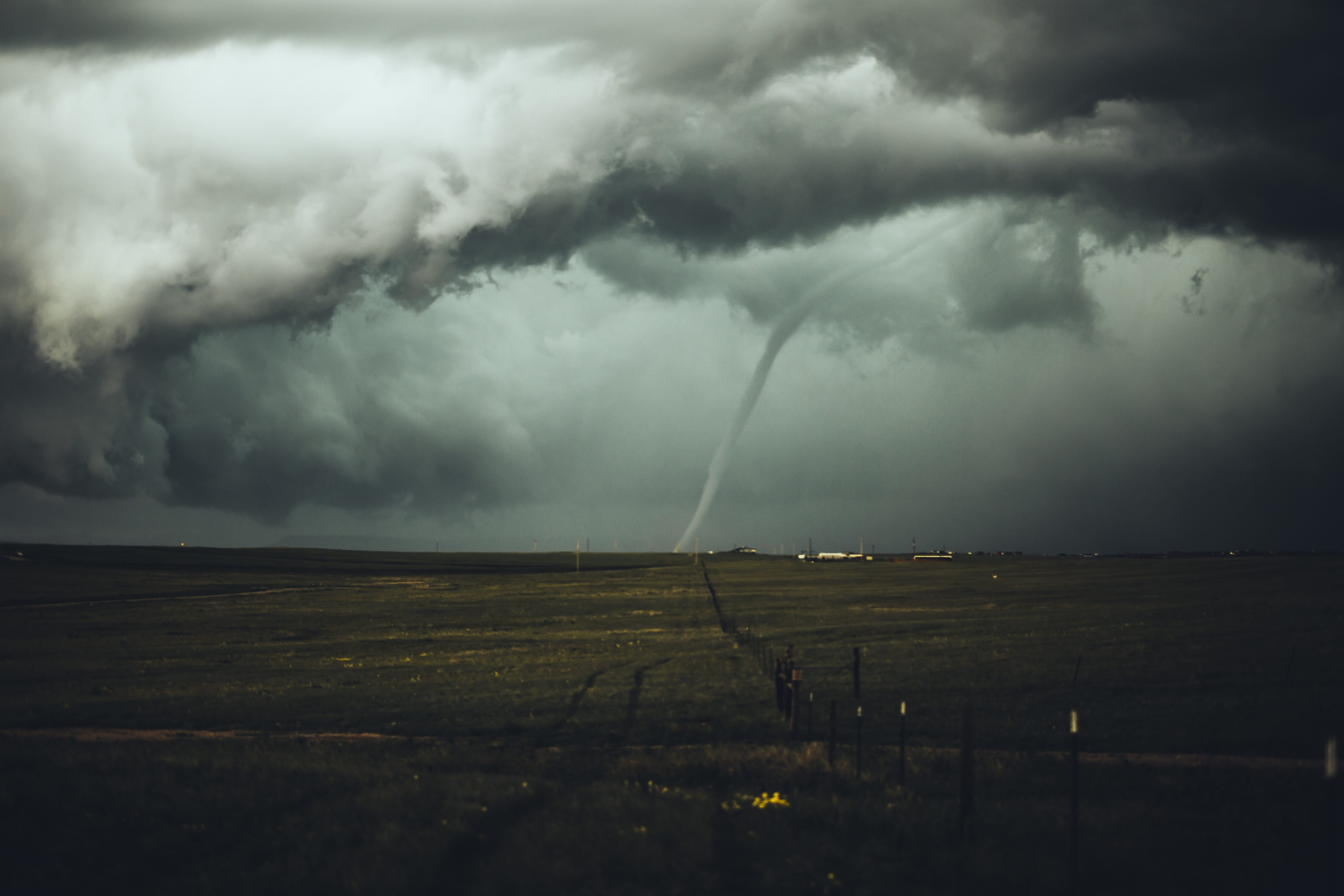Is climate change pushing people in developing countries below the poverty line?

According to a report by the Global Commission on Adaptation, by 2030, climate change could push more than 100 million people in developing countries below the poverty line. Spending $1.8-trillion across early warning systems, climate-resistant infrastructure, mangrove protection, better agriculture and improving fresh water resources over the next 10 years would help lessen the worst impacts of global warming. What’s more, the money could also generate more than $7 trillion in net benefits. Ban Ki-moon, chair of the commission commented: “We are the last generation that can change the course of climate change, and we are the first generation that then has to live with the consequences.”
IZA World of Labor author Linguère Mously Mbaye is of the opinion that “[c]limate change and natural disasters are two of the biggest challenges for current and future generations.” In her article, she writes: “Population movement is a natural way to deal with climatic shocks, particularly when livelihoods are destroyed. Migration can be considered as an adaptation strategy when disasters occur because it helps mitigate the adverse effects of climatic shocks by providing new opportunities and resources to affected people… [A]ddressing the issue of climate change requires better governance on a global scale, with more efficient aid allocated to vulnerable countries as well as better migration policies toward migrants from those countries.”
Rising greenhouse emissions have triggered multiple deadly heatwaves, water shortages and superstorms; the latter made more destructive because of rising seas. Just this month, the Bahamas was devastated by one of the strongest Atlantic storms on record. “Global actions to slow climate change are promising but insufficient,” according to the report. “We must invest in a massive effort to adapt to conditions that are now inevitable.”
Since the late nineteenth century, Earth’s average surface temperature has gone up 1C and, based on current rates of CO2 emissions, it’s on track to increase to another two or three degrees by the end of the century. The 2015 Paris Agreement called for capping global warming below 2C, and 1.5C if possible but since President Donald Trump announced his intention to withdraw the US from the pact in 2017, the agreement has been compromised. Mbaye has also explored the impact of climate change on migration. “Disasters related to climate change lead to brain drain from developing countries, especially when the affected countries are in a vulnerable situation due to the shock,” she writes.
Read Linguère Mously Mbaye’s article Climate change, natural disasters, and migration